Scientific name Abies Rank Genus | Division Pinophyta | |
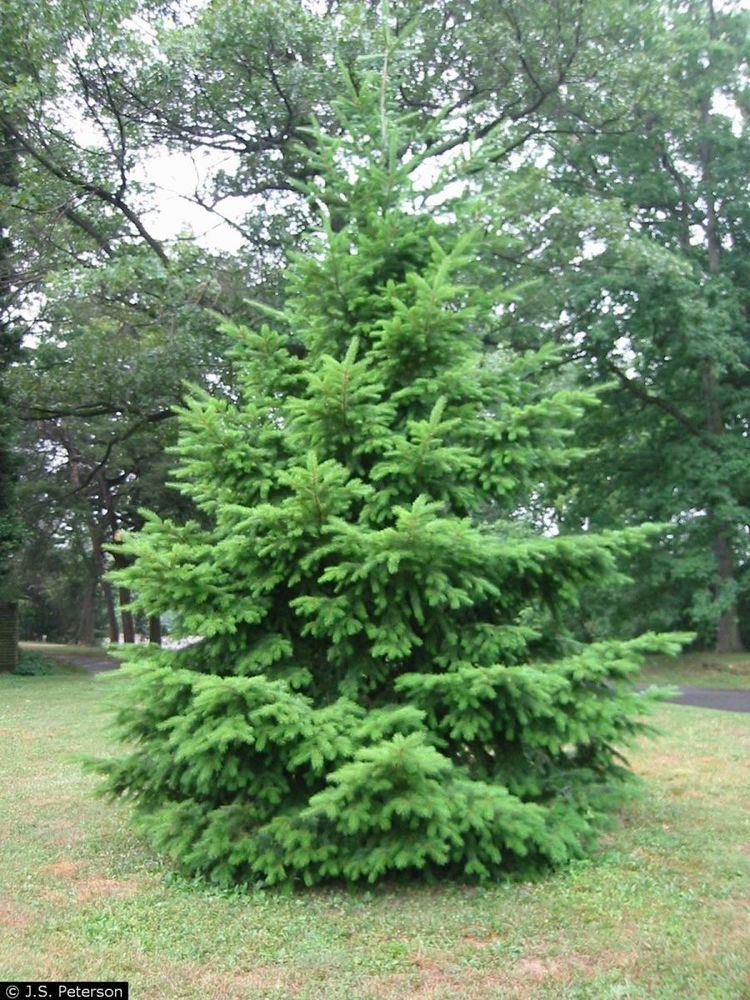 | ||
Lower classifications Abies alba, Balsam fir, Fraser fir, Abies concolor, Noble fir | ||
Spring planting of douglas fir dutchman tree farms
Firs (Abies) are a genus of 48–56 species of evergreen coniferous trees in the family Pinaceae. They are found through much of North and Central America, Europe, Asia, and North Africa, occurring in mountains over most of the range. Firs are most closely related to the genus Cedrus (cedar). Douglas firs are not true firs, being of the genus Pseudotsuga.
Contents
- Spring planting of douglas fir dutchman tree farms
- Identifying douglas fir
- Section Abies
- Section Balsamea
- Section Grandis
- Section Momi
- Section Amabilis
- Section Pseudopicea
- Section Oiamel
- Section Nobilis
- Section Bracteata
- Section Incertae sedis
- Uses and ecology
- References
They are large trees, reaching heights of 10–80 m (33–262 ft) tall and trunk diameters of 0.5–4 m (1 ft 8 in–13 ft 1 in) when mature. Firs can be distinguished from other members of the pine family by the unique attachment of their needle-like leaves and by their different cones.
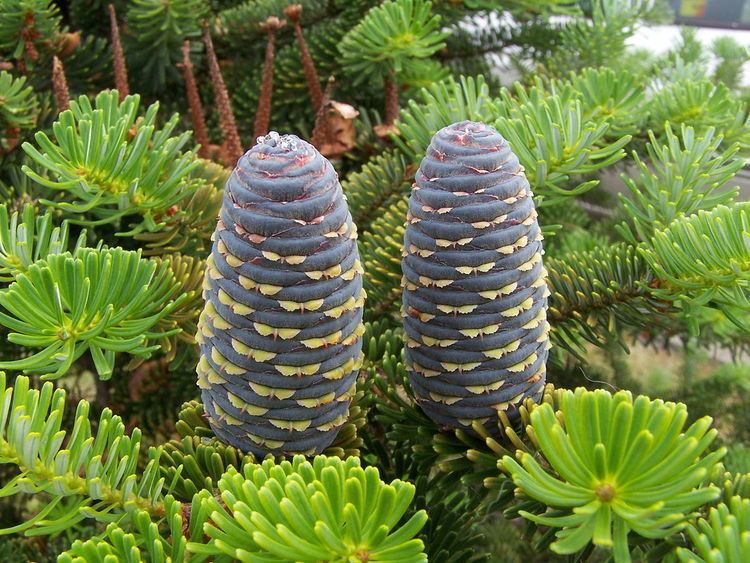
Identification of the different species is based on the size and arrangement of the leaves, the size and shape of the cones, and whether the bract scales of the cones are long and exserted, or short and hidden inside the cone.
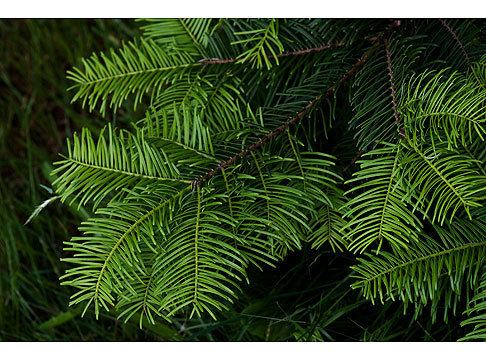
Identifying douglas fir
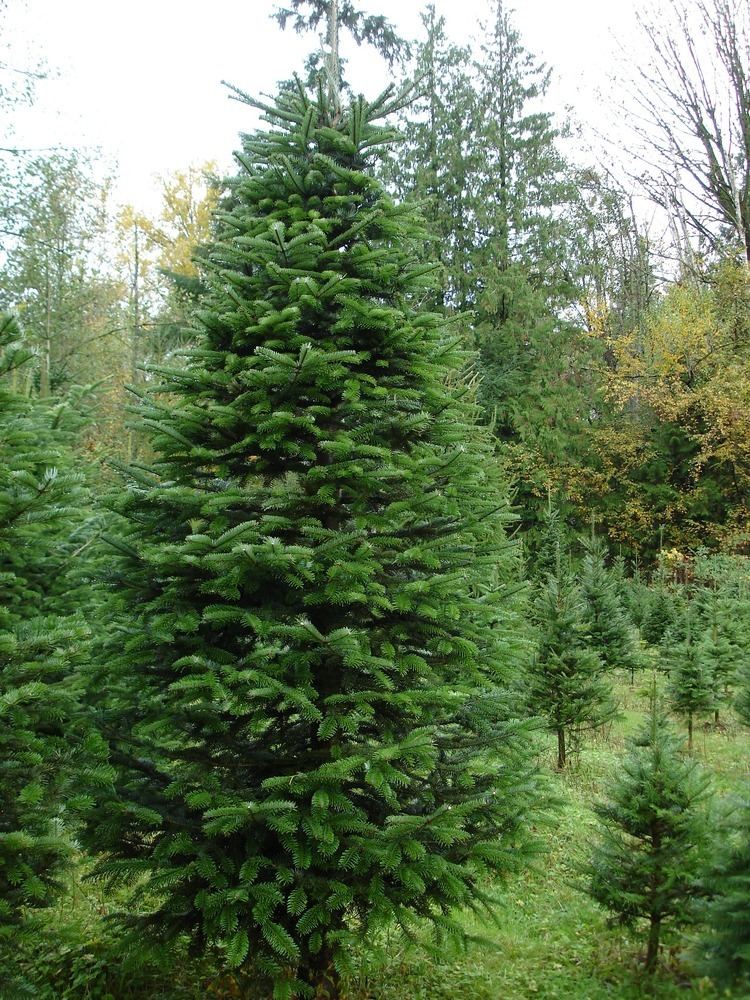
Firs can be distinguished from other members of the pine family by the unique attachment of their needle-like leaves to the twig by a base that resembles a small suction cup.
The leaves are significantly flattened, sometimes even looking like they are pressed, as in A. sibirica.
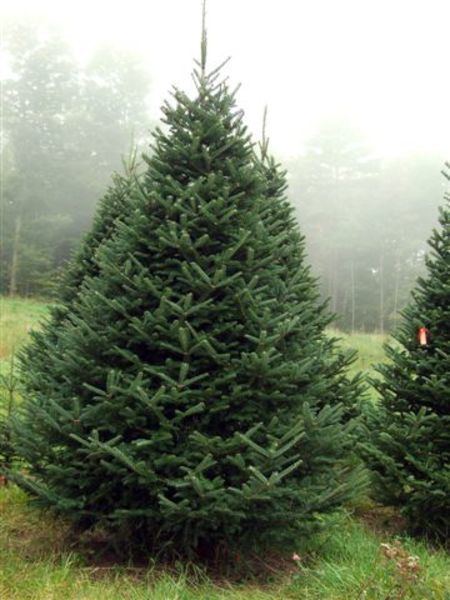
The leaves have two whitish lines on the bottom, each of which is formed by wax-covered stomatal bands. In most species, the upper surface of the leaves is uniformly green and shiny, without stomata or with a few on the tip, visible as whitish spots. Other species have the upper surface of leaves dull, gray-green or bluish-gray to silvery (glaucous), coated by wax with variable number of stomatal bands, and not always continuous. An example species with shiny green leaves is A. alba, and an example species with dull waxy leaves is A. concolor.
The tips of leaves are usually more or less notched (as in A. firma), but sometimes rounded or dull (as in A. concolor, A. magnifica) or sharp and prickly (as in A. bracteata, A. cephalonica, A. holophylla). The leaves of young plants are usually sharper.

The way they spread from the shoot is very diverse, only in some species comb-shaped, with the leaves arranged on two sides, flat (A. alba)
Firs differ from other conifers in having erect, cylindrical cones 5–25 cm (2–10 in) long that disintegrate at maturity to release the winged seeds.
In contrast to spruces, even large fir cones do not hang, but are raised like candles.
Mature cones are usually brown, young in summer can be green, for example:
A. grandis, A. holophylla, A. nordmannianaor purple and blue, sometimes very dark:
A. fraseri, A. homolepis (var. umbellata green), A. koreana ('Flava' green), A. lasiocarpa, A. nephrolepis (f. chlorocarpa green), A. sibirica, A. veitchii (var. olivacea green).Section Abies
Section Abies is found in central, south, and eastern Europe and Asia Minor.
Section Balsamea
Section Balsamea is found in northern Asia and North America, and high mountains further south.
Section Grandis
Section Grandis is found in western North America to Mexico, Guatemala, Honduras and El Salvador, in lowlands in the north, moderate altitudes in south.
Section Momi
Section Momi is found in east and central Asia and the Himalaya, generally at low to moderate altitudes.
Section Amabilis
Section Amabilis is found in the Pacific Coast mountains in North America and Japan, in high rainfall areas.
Section Pseudopicea
Section Pseudopicea is found in the Sino-Himalayan mountains at high altitudes.
Section Oiamel
Section Oiamel is found in central Mexico at high altitudes.
Section Nobilis
Section Nobilis (western U.S., high altitudes)
Section Bracteata
Section Bracteata (California coast)
Section Incertae sedis
Section Incertae sedis
Uses and ecology
Wood of most firs is considered unsuitable for general timber use, and is often used as pulp or for the manufacture of plywood and rough timber. Because this genus has no insect or decay resistance qualities after logging, it is generally recommended for construction purposes as indoor use only (e.g. indoor drywall on framing). This wood left outside cannot be expected to last more than 12 to 18 months, depending on the type of climate it is exposed to. It is commonly referred to by several different names, including North American timber, SPF (spruce, pine, fir) and whitewood.
Nordmann fir, noble fir, Fraser fir and balsam fir are popular Christmas trees, generally considered to be the best for this purpose, with aromatic foliage that does not shed many needles on drying out. Many are also decorative garden trees, notably Korean fir and Fraser fir, which produce brightly coloured cones even when very young, still only 1–2 m (3.3–6.6 ft) tall. Other firs can grow anywhere between 30 and 236 feet (9.1 and 71.9 m) tall. Fir Tree Appreciation Day is June 18.
Firs are used as food plants by the caterpillars of some Lepidoptera species, including Chionodes abella (recorded on white fir), autumnal moth, conifer swift (a pest of balsam fir), the engrailed, grey pug, mottled umber, pine beauty and the tortrix moths Cydia illutana (whose caterpillars are recorded to feed on European silver fir cone scales) and C. duplicana (on European silver fir bark around injuries or canker).
Abies spectabilis or Talispatra is used in Ayurveda as an antitussive drug.
